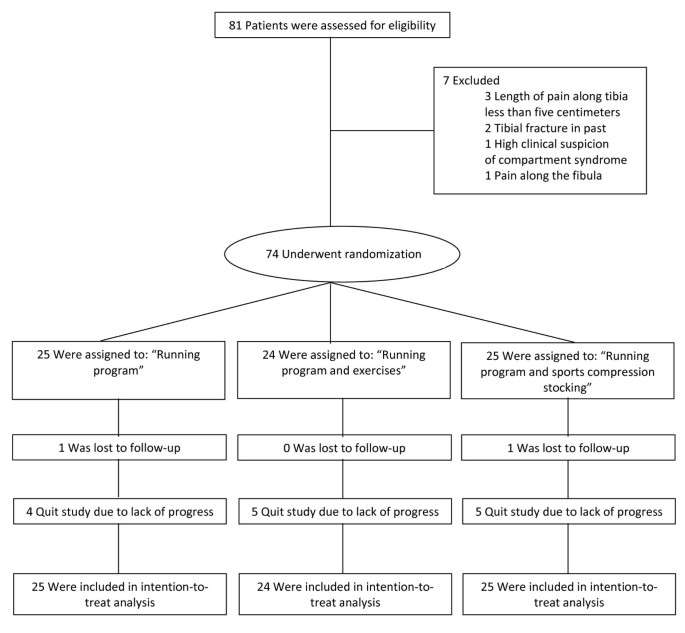The U.S. Surgeon General has estimated that between 5% and 11% of school-age children have mental health disorders that result in extreme or significant functional impairment, indicating that of the 70 million children and adolescents in the United States, 6 million to 9 million have a serious emotional disturbance. Only 1 in 5, however, receives any professional help, so a significant proportion of this population is underserved.
Federal legislation mandates services, including occupational therapy, for some children with disabilities. The profession is well-positioned to serve children and youth with behavioral and psychosocial needs and their families, particularly in educational settings. As positive mental health is considered fundamental to overall health and quality of life and contributes to the functioning of individuals, families, communities, and societies, this guideline presents a public health model to envision and guide occupational therapy services in the promotion of mental health and prevention and intervention of mental illness for school, community, and heath care settings. Topics include universal mental health promotion and prevention services, targeted mental health services, and intensive mental health services.
Edited by Susan Bazyk, PhD, OTR/L, FAOTA
This publication provides a foundation for conceptualizing occupational therapy’s role in promoting mental health when working with children and youth in schools and community settings. Chapters emphasize helping children develop and maintain positive mental health, which is reflected in the presence of positive affect and psychological and social functioning, productive activities, and resilience in the face of adversity.
Occupational therapists may need assistance in expanding services to include promotion and prevention activities, in addition to intervention with mental health disorders. To that end, this book has the following objectives:
- Delineate how occupational therapists working with children and youth can contribute to mental health promotion, prevention, and intervention in school and community settings;
- Delineate occupational therapy services related to mental health within a public health framework at the universal, targeted, and individual levels;
- Recognize current approaches within and outside the profession relevant to promotion, prevention, and intervention for meeting the needs of children and youth with and without disabilities or mental illness; and
- Identify practical information for promotion, prevention, and intervention in everyday occupational therapy practice with children and youth.
This book is also available as a Self-Paced Clinical Course. Click here for information on buying the CE test if you already own the book; to purchase the bundled book and CE test (SPCC), click here.
Contents
Part 1. Laying the Foundation—Reframing Occupational Therapy
Chapter 1. Promotion of Positive Mental Health in Children and Youth
Chapter 2. Occupational Therapy Process
Chapter 3. Major Approaches Useful in Addressing the Mental Health Needs of Children and Youth
Chapter 4. Pathways to Positive Development
Chapter 5. Development and Implementation of Groups to Foster Social Participation and Mental Health
Part 2. Addressing the Mental Health Needs of Diverse Groups of Children and Youth
Chapter 6. Enduring Challenges and Situational Stressors During the School Years
Chapter 7. Occupational Therapy for Youth at Risk of Psychosis and Those With Identified Mental Illness
Chapter 8. Autism
Chapter 9. Children and Youth With Disabilities
Chapter 10. Occupational Therapy for Children With Severe Emotional Disturbance in Alternative Educational Settings
Chapter 11. Attention Deficit Hyperactivity Disorder, Developmental Coordination Disorder, and Learning Disabilities
Chapter 12. Promoting Mental Health, Social Participation, and Self-Determination in the Transition From School to Adult Life
978-1-56900-307-7 (print), 302 pages, 2011
978-1-56900-470-8 (ebook)



